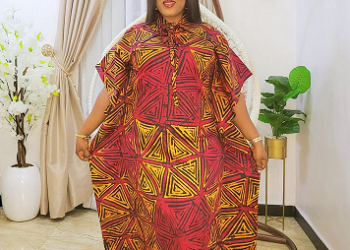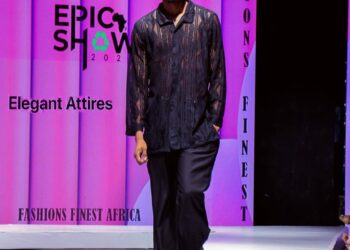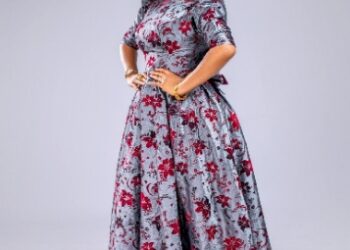Critics on fashion publications can vary depending on the specific publication and the critic’s perspective. Some common criticisms include:
- Lack of diversity and inclusivity: Fashion publications have been criticized for lacking diversity in terms of race, body type, age, and disability.
- Unrealistic beauty standards: Fashion publications have been accused of promoting unrealistic beauty standards, contributing to body dissatisfaction and low self-esteem.
- Objectification of women: Fashion publications have been criticized for objectifying women, reducing them to mere objects rather than depicting them as complex individuals.
- Materialism and consumerism: Fashion publications have been accused of promoting excessive consumerism and materialism, encouraging readers to buy more and discard more frequently.
- Cultural appropriation: Fashion publications have been criticized for cultural appropriation, borrowing from marginalized cultures without proper understanding, credit, or compensation.
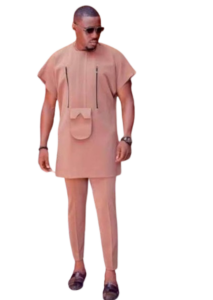
- Airbrushing and photo manipulation: Fashion publications have been accused of heavily airbrushing and manipulating images, creating an unattainable and false beauty ideal.
- Size and weight focus: Fashion publications have been criticized for focusing too much on weight and size, perpetuating harmful and limiting beauty standards.
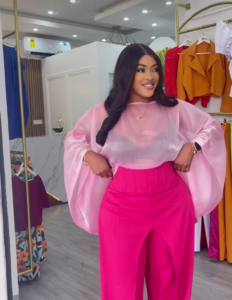
- Limited representation of plus-size and diverse models: Fashion publications have been criticized for not featuring enough plus-size and diverse models, perpetuating a narrow and exclusive definition of beauty.
- Overemphasis on luxury brands: Fashion publications have been accused of prioritizing luxury brands and high-end fashion, neglecting more affordable and accessible fashion options.
- Ignoring sustainability: Fashion publications have been criticized for ignoring the environmental and social impact of the fashion industry, failing to promote sustainable and ethical fashion practices.
These criticisms highlight the need for fashion publications to be more inclusive, diverse, and responsible in their representation of beauty, fashion, and culture.


